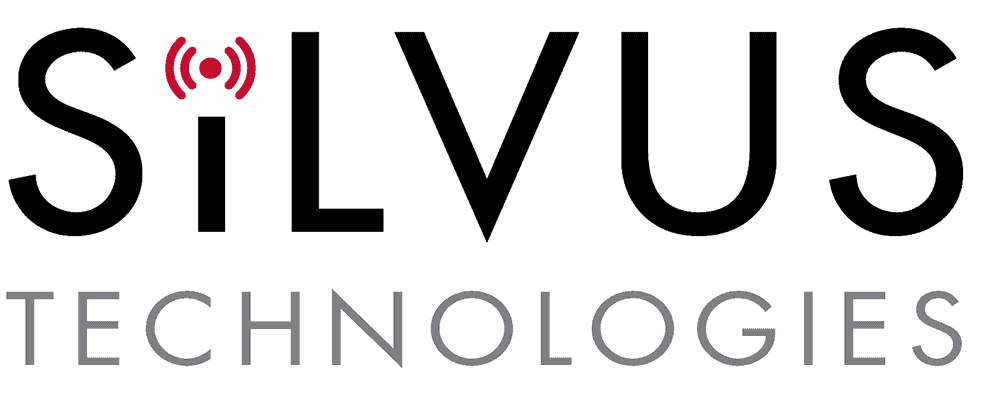
Silvus, a developer of military-grade tactical MIMO wireless communications, has announced that it has won a contract as a key member of the JCAUS (Joint Communications Architecture for Unmanned Systems) System Design and Integration Team (SDIT). Silvus is the only MANET radio provider on the SDIT.
The JCAUS is an organization tasked with defining, testing and delivering a standardized, open architecture platform for military unmanned systems. Realizing the limitations of proprietary, point-to-point communications solutions that can lead to duplicated efforts and prevent cross-system interoperability, the JCAUS is pioneering a new engineering approach. The first phase has officially kicked off and includes prototype development.
“Silvus is thrilled to be selected to provide the waveform expertise, the prototypes radios, the trade studies, testing and evaluation as well as architecture risk assessments for the JCAUS SDIT,” said Michael Fitz, Chief Technology Officer for Silvus Technologies. “The ultimate goal on our end is to empower unmanned vehicle operators with robust methods of command and communications in the field so they can complete their missions. We believe our SDIT participation will give us better insights into the problems faced by unmanned vehicle operators”
Silvus is providing technical waveform innovation based on its MIMO MANET expertise. It is responsible for the development and eventual deployment of a wireless communication module, a critical component of the overarching architecture of what will eventually ride on all unmanned vehicles used in tactical operations. The communications and command module will be designed as a “plug and play” component that can be switched out and scaled to support vehicles of different sizes. It will work in tandem with payload host and security modules to enable secure and robust communications. Initial testing will focus on robotics utilized in reconnaissance, surveillance and target acquisition to both improve maneuverability and protect ground forces.


















